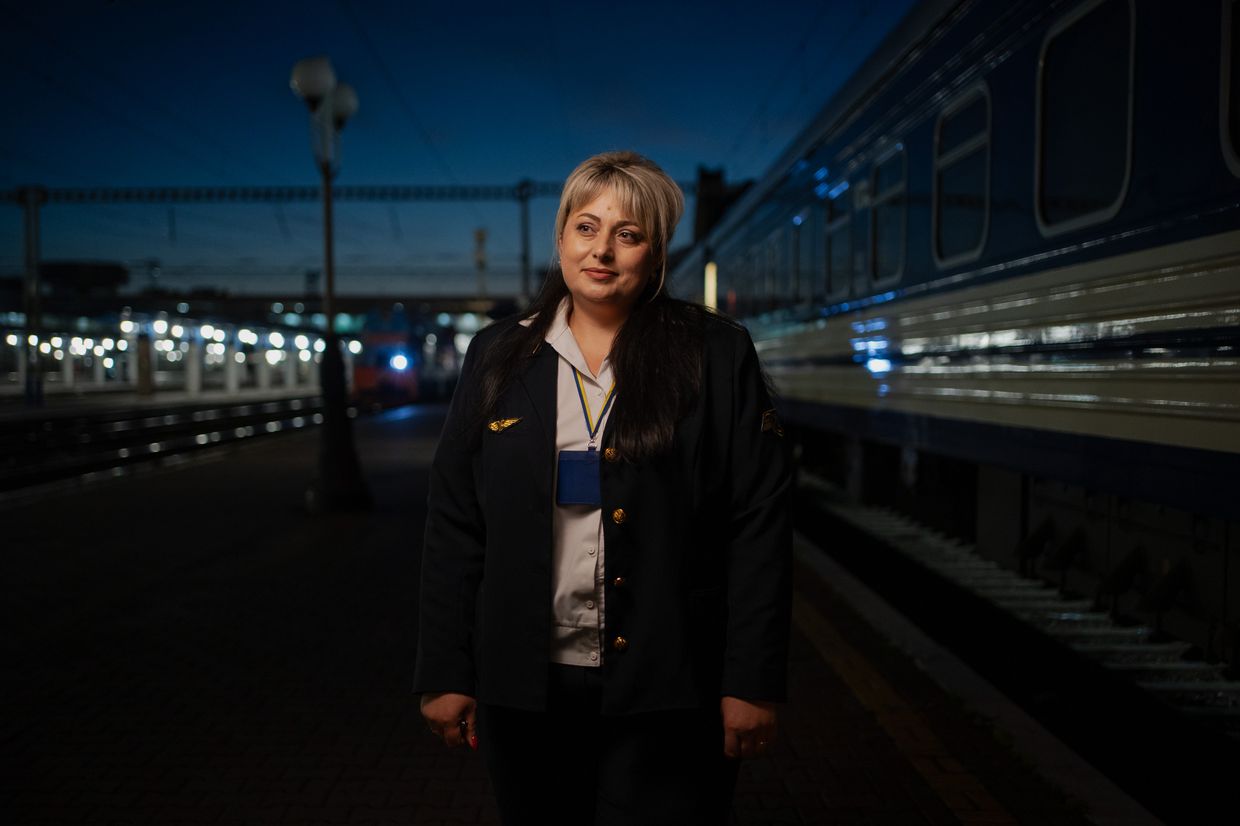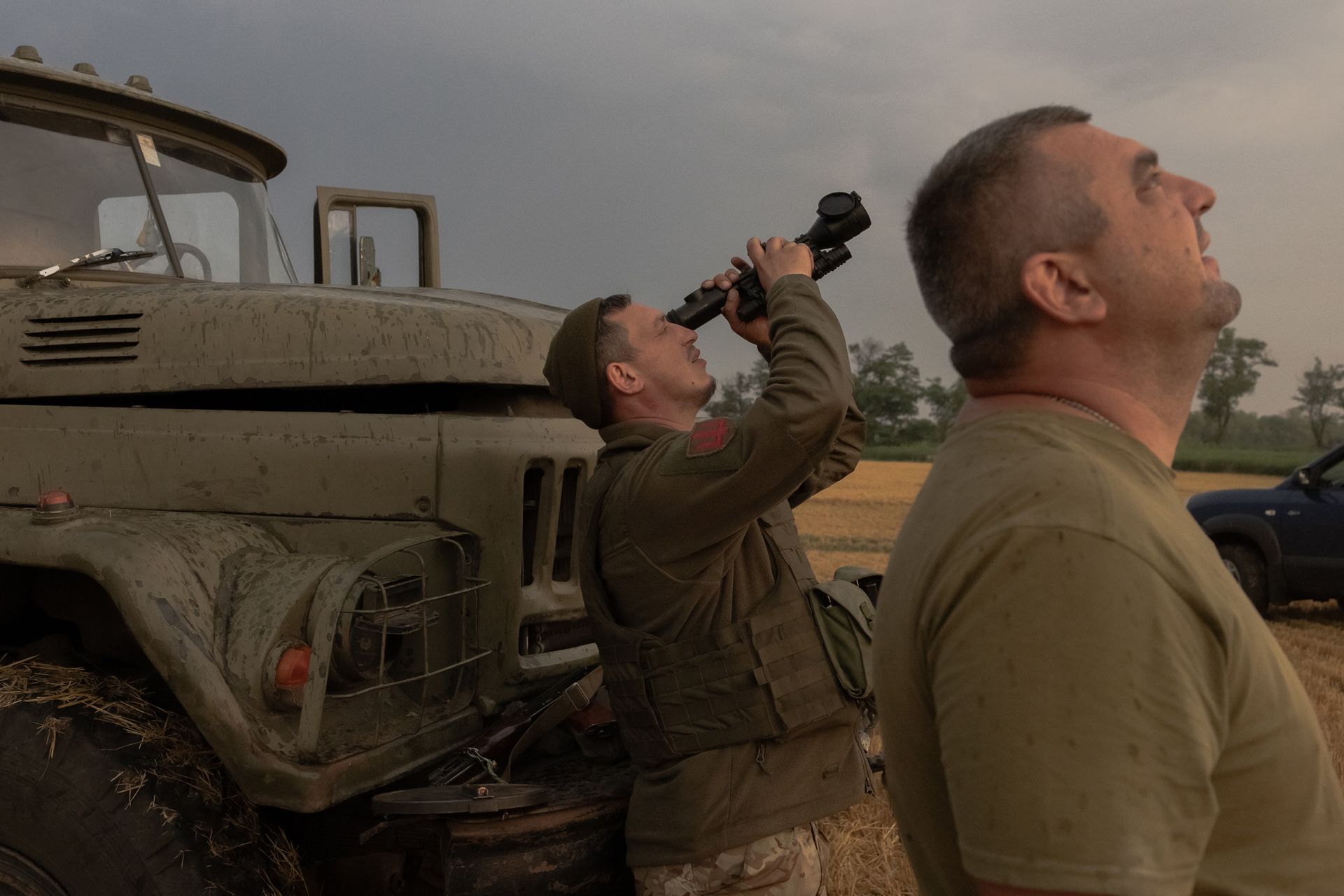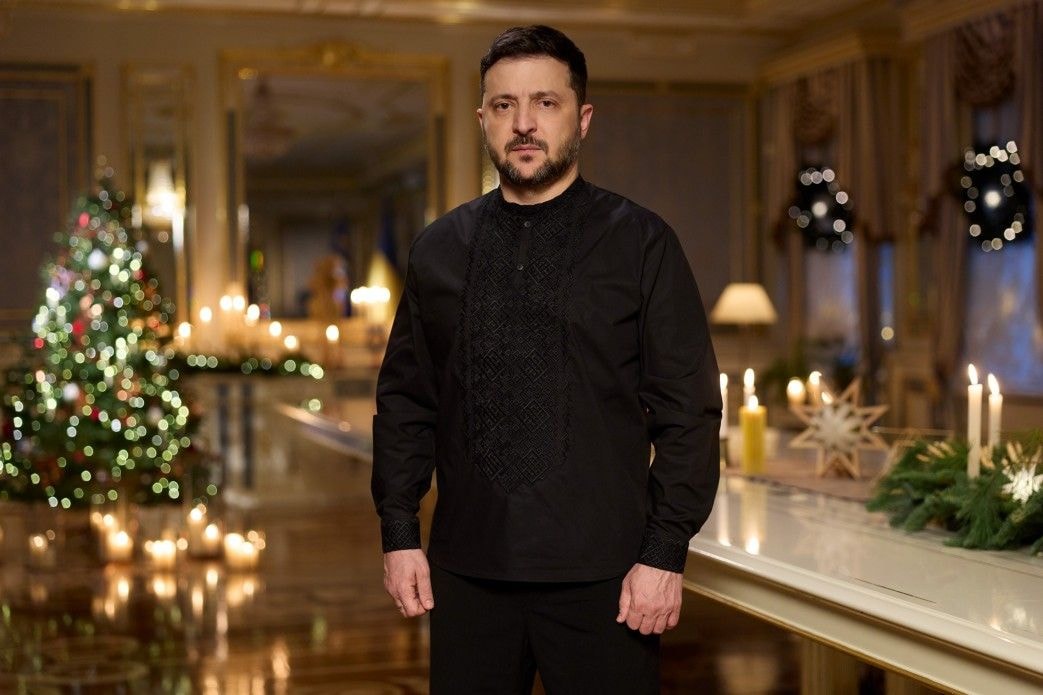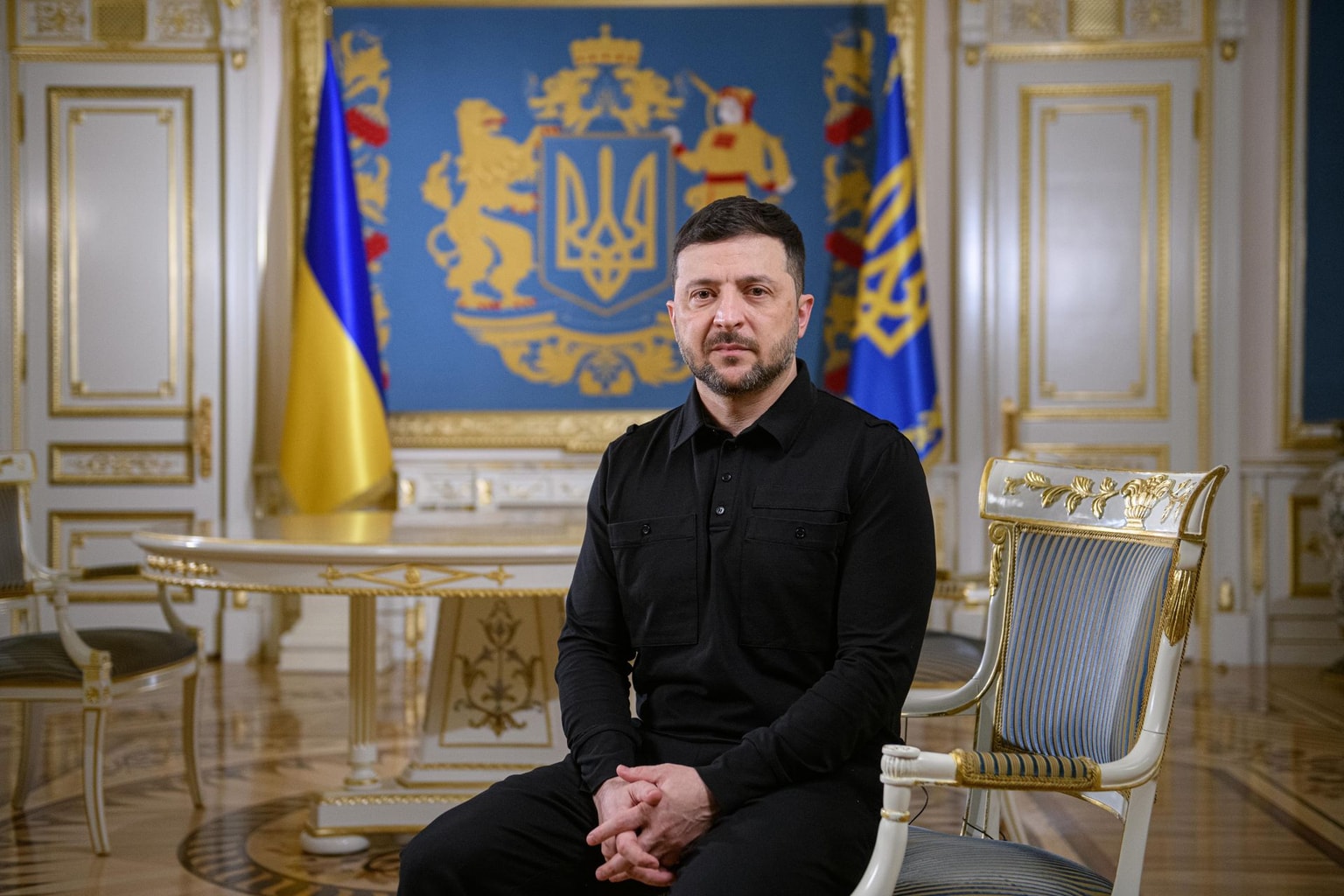
'Logistical terrorism' — Russia steps up attacks on Ukrainian railways
A "Shostka-Kyiv" passenger train car, hit by a Russian drone, in Shostka, Sumy Oblast, Ukraine, on Oct. 4, 2025. (Pavlo Zarva / Kordon.Media / Global Images Ukraine via Getty Images)
Russia has escalated its strikes on the country’s critical railway infrastructure, targeting Ukrainian Railways, also known as Ukrzaliznytsia, in what appears to be a bid to disrupt military logistics amid new arms delivery announcements.
According to the national rail operator’s reports, Russia launched twice as many strikes on Ukraine’s railway infrastructure in September compared to August — a critical development, since the full-scale invasion forced Ukraine to rely on rail as its primary mode of transport after civilian air travel was halted.
The attacks, primarily carried out by drones, targeted oblasts near the Russian border and active front lines, including Donetsk, Sumy, Poltava, Chernihiv, and Kirovohrad, as well as southern areas such as Mykolaiv and Odesa.
The attacks have led to civilian casualties. A double-tap strike on a passenger train on Oct. 4 hit the Shostka community in Sumy Oblast, killing one person and injuring nine others, including three children.
The recent surge in Russian strikes coincided with growing anticipation of new military aid from Europe, as well as the first arms deliveries approved in September under the Prioritized Ukraine Requirements List (PURL), a mechanism that enables other NATO members to finance U.S. shipments of weapons and technology to Ukraine through voluntary contributions.
"Our railway is of strategic importance — it is used to transport military aid," said Dmytro Zhmailo, a military expert and executive director of the Ukrainian Security and Cooperation Center.
"Now, there are agreements in place for supplies from Europe. Previously, there had been a freeze in U.S. assistance, so at that time, there was not an urgent need to target the railway," Zhmailo told the Kyiv Independent.
The U.S. approved a defense bill on Sept. 10, allocating $400 million in military aid for Ukraine despite growing Republican opposition. And just days later, on Sept. 16, U.S. President Donald Trump's administration approved its first U.S. weapons packages for Ukraine funded through contributions from NATO allies under PURL.
With no significant gains on the battlefield and amid shifting U.S. policy, Russia has redirected its focus toward Ukraine’s wartime transport infrastructure, aiming to disrupt Kyiv’s ability to regain momentum with Western support.

Disrupting all schedules
Ukrzaliznytsia, recognized for its reliability and punctuality despite four years of full-scale Russian war, has recently faced increasing delays in passenger services, ranging from one hour to nearly eight and even more, as a result of the attacks.
The attacks are targeting not only railways but also passenger stations, locomotive depots, power substations, and other critical components of Ukraine’s railway infrastructure.
During delays, passengers are often rerouted by bus or transported by diesel locomotives, which can operate on de-energized tracks unaffected by power outages caused by Russian attacks.
But Russia's main targets in its attacks are Ukraine's railway junctions, where multiple lines converge and trains can be directed.
Ukraine relies on diversified routes to deliver military aid to front-line areas, often using junction stations where trains carrying valuable cargo may be temporarily held while their next route is determined, Zhmailo said.
Ukrzaliznytsia reported that a clear increase in Russian strikes began in July, with junction railway stations in Lozova in Kharkiv Oblast, Synelnykove in Dnipropetrovsk Oblast, and Koziatyn in Vinnytsia Oblast coming under attack.
"The enemy is striking in such a way that, in essence, the junction is destroyed," Oleksandr Pertsovskyi, head of Ukrzaliznytsia, told Ukrinform on Sept. 15.

Volodymyr Naumov, head of the NGO "Ukrainian Center for Reform of Transport Infrastructure," warned that restoring these junctions can take longer than usual due to the complexity and specialized equipment involved.
"They are much harder to repair because it is not just rails or sleepers — you also need to fix switch points, communication systems, and electrical components," Naumov said.
Russia also regularly targets both freight and passenger railway tracks, though the damage is often minor and can usually be repaired within hours using salvaged parts, Naumov said.
Bridges, however, present a far greater challenge. After a Russian strike on a railway bridge in Voznesensk, Mykolaiv Oblast, in March 2022, it took nearly a year to fully restore it to working condition, the expert added.
At the same time, Russia also closely monitors how quickly Ukraine restores critical logistics, a factor that could influence future attacks.
"What Russia is doing now is just a logistical terrorism against Ukraine," Naumov told the Kyiv Independent.
Could it get worse?
Ukrzaliznytsia CEO Pertsovskyi told Ukrinform that Russia primarily targets railway infrastructure using Shahed-type drones. Military analyst Zhmailo linked the surge in attacks on Ukrainian railways to Russia’s growing drone production capacity.
According to Ukraine’s military intelligence (HUR), Russia was producing 170 Shahed-type drones daily as of June, with plans to increase that number to 190 by year’s end.
At the same time, Zhmailo cautioned against viewing the latest strikes as a direct response to Ukraine’s campaign targeting Russia’s oil refining industry.
"The Russians strike when they need to and when they can," he said.
Ukrzaliznytsia has already begun reorganizing train routes in front-line areas for safety, combining rail and bus services where needed, Pertsovskyi announced on national television on Oct. 4.
According to Zhmailo, the uptick in attacks on Ukraine’s railway infrastructure may also reflect Russia’s frustration on the battlefield, as it struggles to make significant gains.
With the pace of territorial advances slowing sharply — Russian forces captured 44% less land in September compared to August, according to the Ukrainian monitoring group DeepState — Moscow appears to be shifting its focus toward disrupting arms deliveries and undermining Ukrainian logistics.
However, both experts interviewed by the Kyiv Independent noted that the current wave of Russian attacks has brought limited success. Ukrzaliznytsia has managed to repair damaged infrastructure quickly, and the cost of Russian strikes, especially those involving missiles, often outweighs the damage inflicted.
Still, they warn that the situation could shift.
"These strikes could become more effective if Russia receives additional military aid from third countries while Western support for Ukraine declines," Zhmailo said, adding that the threat would also grow if Ukraine falls behind in strengthening its air defense, interceptor drone systems, electronic warfare capabilities, or the effectiveness of its mobile fire units.












